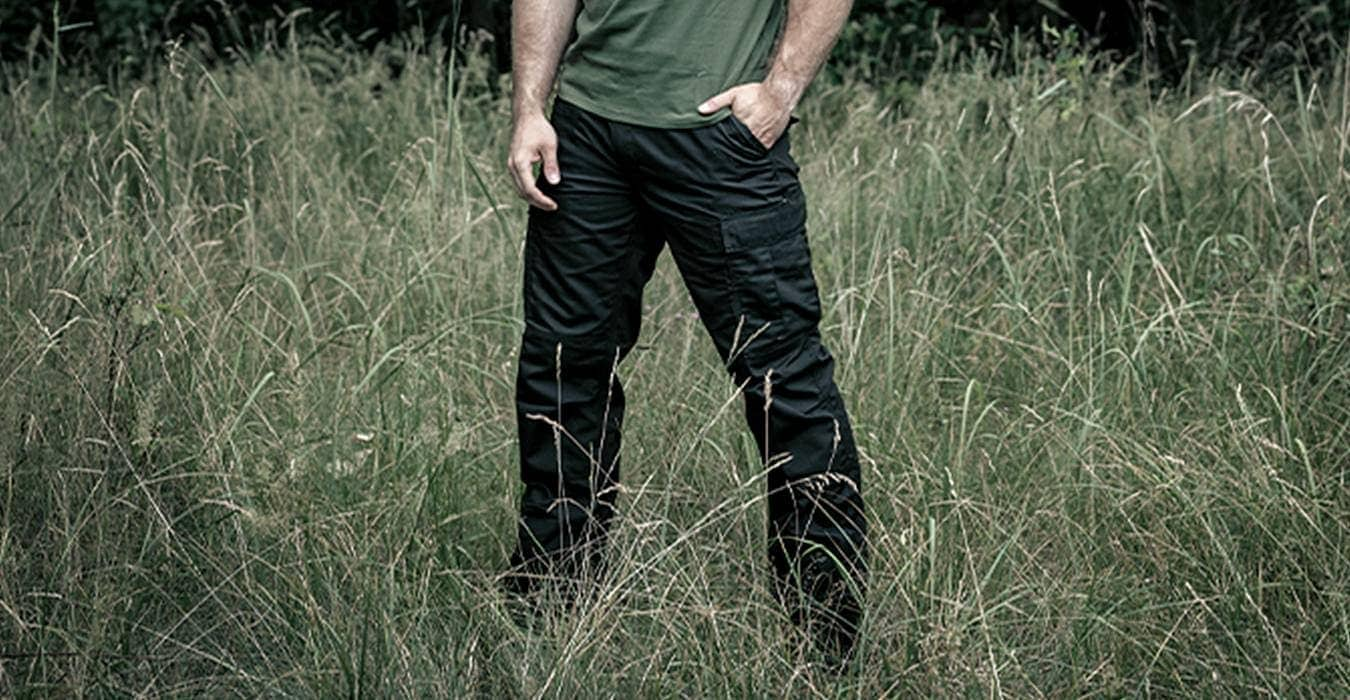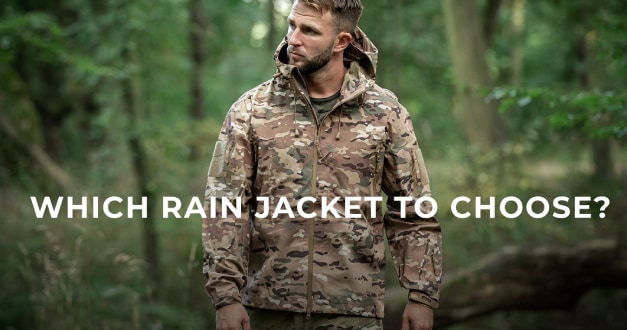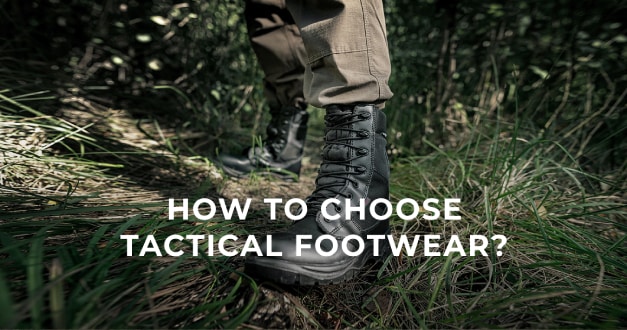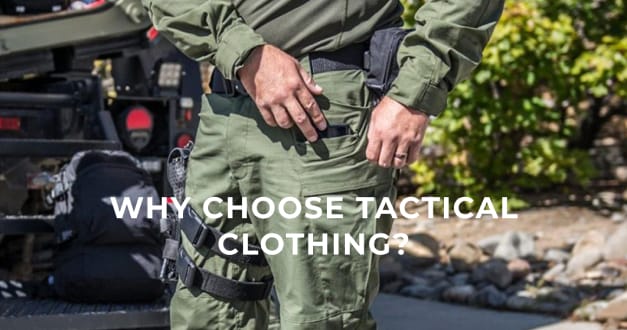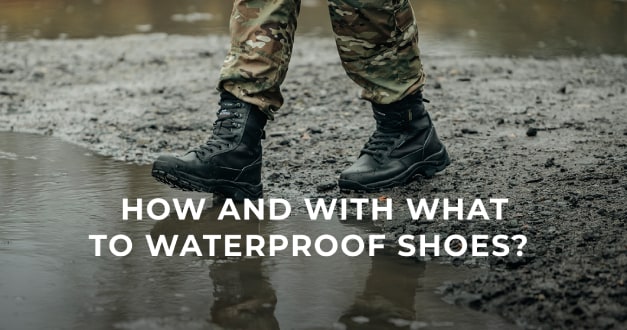Many people wonder which waterproof pants to choose. The choice of suitable rainproof clothing should depend mainly on the intended use and the intended activity. Properly selected waterproof pants protect the wearer from adverse weather conditions, including rain, wind, cold and overheating, both during everyday use and during demanding outdoor expeditions.
Knowing what functions the pants are supposed to perform is crucial, as one waterproof pants will be better for higher elevations, different ones for autumn or spring drizzle, and other for an all-day fishing trip. There are, of course, universal models that will work well in many areas, but before making a final choice, it is advisable to familiarize yourself with specific types of waterproof pants and purchase those that will best suit your needs and preferences.
When looking for the perfect rain pants, the first thing to consider is your own body's behavior. People who warm up quite quickly during activity should choose waterproof pants with slightly thinner and more breathable material. On the other hand, people who get cold quite easily can focus their attention on models with additional insulation or with a thicker lining (made of fleece, for example), which will effectively protect the body from the cold and wind. The ideal rain pants, in addition to water resistance, should also maintain thermal properties, feature adequate air circulation and be relatively lightweight.
Rain pants – meaning what?
Rain pants are those with high resistance to water in the form of precipitation. Generally, this type of pants should not only protect against rain, but also against moisture in any other form, such as snow or drizzle. However, it is worth noting that not all pants described as rainproof will be able to repel a large pressure of water. There are two types of rain pants on the market - softshell pants and waterproof pants with a membrane (hardshell). Both types are designed to protect the wearer from moisture. However, there are big differences between them, which you'll read about in a moment.
What to look for when choosing waterproof pants?
When choosing rain pants, whether softshell or hardshell, it is worth paying attention to some basic elements that can be very useful during many outdoor expeditions, and these are:
- Waterproofing and breathability of the membrane – key when choosing rain pants. These parameters will vary depending on the models of pants and the membrane used. It is accepted that the water permeability of waterproof pants should not be less than 10,000 mm, and breathability should not be less than 5,000 gr2/24 h. The higher the membrane's waterproofing and breathability parameters, the more favorable it is for the wearer.
| Water permeability is measured on the Schmerber scale (1 Schmerber = 1 mm water column), and breathability is defined in units of RET (rate of evaporative resistance) or MVTR (water vapor permeability) expressed in g/m²/24 h. When determining breathability by the RET index, you should know that the smaller it is, the better - the membrane offers less resistance to water vapor. |
- Insulation - another of the most important features of rain pants. An adequate thermal layer is a guarantee of a feeling of warmth and protects the body from cooling. There are several ways of insulating. Usually, we can choose between synthetic insulation - down or fleece lining. A thicker layer is worth choosing for skiing trips. During physical exertion (for example, trekking) it is better to use layers, i.e. thinner pants and thermal underwear.
- Weight - it's worth knowing that rain pants with a membrane and a lot of insulation tend to be heavier and stiffer than waterproof pants, so it's a good idea to consider the weight of the pants before planning an expedition.
- Additional adjustment at the bottom of the legs – good waterproof pants should have an adjustment at the bottom of the legs. The extra adjustment reduces the possibility of water getting in from the bottom. In addition, it is a good idea to choose pants with zippered legs, which can be changed if necessary without removing shoes. Additional zipper will also improve ventilation.
- Seam reinforcements – special reinforcements in the areas most vulnerable to abrasion and tearing should be on the equipment of any good waterproof pants.
- Hook on the leg – pay attention to whether the inner leg of the pants is finished with a hook/drawstring. This element allows the leg to be hooked to the shoelaces, so that the legs do not roll up while walking and moisture or water drops do not fall into the shoes.
- Reflective elements – additional reflective elements will improve our visibility after dark. In the event of an accident, they will also help emergency services to determine our location.
Hardshell pants
If you are looking for waterproof expedition or hiking pants that will perform well on the trail during most seasons, then you should consider choosing pants with a membrane - commonly referred to as hardshell. The membrane used in the pants is a type of outer shell with small pores, the size of which prevents the absorption of water droplets from the outside, while allowing the vapor produced by our bodies to pass through. Thanks to it, the pants are waterproof, while retaining the properties of air circulation. It's no wonder they are popular with skiers, snowboarders and people doing alpine hiking in adverse weather conditions.
Waterproof pants with a membrane can be divided according to the number of layers of material used. There are three-layer, two-layer and two-and-a-half-layer models.
- three-layer pants – the construction of the pants consists of a membrane, an inner fabric and an outer fabric. The material used in the pants is thick and heavy. An example of three-layer pants is ski pants.
- two-and-a-half-layer pants – the most popular model of hardshell waterproof pants. The construction consists of a membrane, protected by an outer fabric, and a fitted lining.
- double-layer pants – in the construction of the pants, the membrane is combined with an outer layer and finished with an insulating lining on the inside. This type of pants is characterized by lightness and is often chosen as pants for long hikes.
The choice between the above types of waterproof hardshell pants should depend on the intended use of the pants and how rainproof they should be. Modern membranes are constructed in such a way that, in addition to the water resistance mentioned above, they also provide adequate air circulation, which will allow your skin to breathe. As a result, you will avoid overheating of the body even during intense exercise.
Softshell pants
Softshell pants are an excellent alternative to membrane waterproof pants. They are designed to provide maximum thermal comfort with good wind resistance and breathability. Thanks to the fact that they are flexible, they do not restrict your movements. But are they waterproof?
Softshell pants do not have a membrane, which in the case of hardshell pants provides waterproofing. When choosing softshell pants, it is worth paying attention to waterproof models. Waterproofing makes the pants not completely waterproof, but only non-absorbent. These pants will work well during a few hours of drizzle or a short, heavy rain, during which they will allow you to reach the nearest shelter.
As in the case of hardshell pants, here too we can choose different variations of pants depending on our needs. For those who get cold, a better choice will be pants made of thicker material, containing an insulating layer that will help maintain adequate thermal comfort during colder days. An example of such pants is the Mil-Tec Softshell Explorer model with a warm fleece lining.
However, if you are looking for pants for intense activities such as strenuous uphill climbing, then we recommend choosing lighter pants, under which you can put a layer of thermal underwear if necessary. The 4F L21 SPMT001 trekking pants available on our site meet all the established criteria. The model is available in two colors and in a women's version. It is also worth choosing gaiters for the set, which will allow you to march in deep snow, preventing snow from getting into the upper of the shoe and water dripping down the soaked legs. Properly selected, they also reduce the risk of dirt and damage to footwear.
Softshell pants are not completely waterproof, but they are appreciated by many users for their excellent breathability, which provides excellent comfort during activity. Deciding to choose this type of pants, it is worth paying attention to models with waterproofing. Thanks to it, such pants are an excellent compromise between heavy and stiff hardshell pants and thin trekking pants.
Fishing pants - which ones to choose?
Many anglers, both beginners and those who are more advanced, face the challenge of completing their clothing for fishing trips. The right clothing is of great importance - it determines, first of all, comfort, but also safety. Fishing pants are, next to the jacket and boots, the most important part of any angler's clothing. What to pay attention to when choosing them?
When choosing the right fishing pants, you should be guided first and foremost by the conditions at your fishing spot. During the colder months, it is also worth considering insulated pants, which will allow you to maintain adequate thermal comfort for many hours and protect you from the cold. During heavy frost, they should be worn together with thermal underwear. In addition, universal features of fishing pants certainly include:
- waterproofness,
- moisture resistance,
- suitable, non-intimidating color
Water resistance is one of the basic features that fishing pants should have. Adequate protection will avoid getting wet and reduce the risk of getting cold. Another important feature of fishing pants is their color. When fishing from the shoreline, it is advisable to get camouflage pants or pants with a subdued natural color. When fishing, such colors as gray, brown, olive or green will work well.
Fishing pants - waders and pants
Some of the most popular pants for fishing are waders and chest waders. These garments are great for anglers who fish while standing in a lake or river. The design of waders, as well as chest waders, is similar and is characterized by a combination of pants in the form of overalls and boots. These pants are made of waterproof materials that allow wading in water. When buying waders or chest waders, attention should be paid to the sole, which should allow stable and safe movement in the water, and the material, which should be completely waterproof. We invite you to browse through fishing pants categories on MILITARY.EU.

